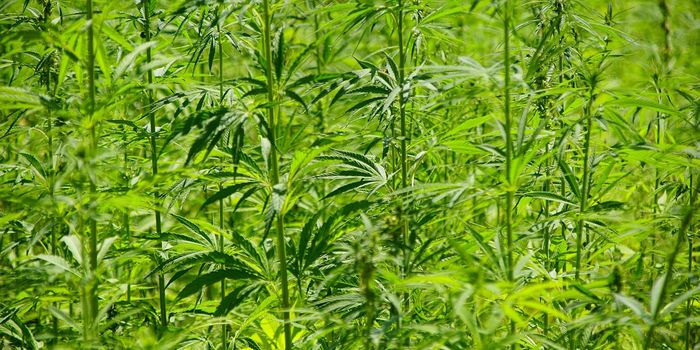How do nanoplastics affect oysters?
New research published in the journal Chemosphere considers the adverse effects on oysters resulting from the combination of nanoplastics and arsenic. Conducted as part of a collaboration between the Institut national de la recherche scientifique (INRS) in Québec City and the French National Centre for Scientific Research (CNRS) at the University of Bordeaux in France, the study reports on the ways that the bioaccumulation of materials impact the biological functions of oysters.
"Oysters easily accumulate metals from the environment into their tissues. We therefore wanted to test whether the combined exposure to nanoplastics and arsenic would increase the bioaccumulation of this contaminant," explained researcher Marc Lebordais, noting that arsenic, is one of the most common metals found in nanoplastics on the beaches of Guadeloupe.
While their analyses showed that, in fact, the presence of nanoplastics does not increase the bioaccumulation of arsenic, the team did see a marked difference among oyster species: they found that arsenic levels were higher in the gills of the Canadian Crassostrea virginica oyster than in the Guadeloupian Isognomon alatus oyster. Why would this be? The researchers are still trying to figure that out, but they point to an overexpression of genes responsible for cell death in C. virginica not seen in I. alatus.
"Evaluating the expression of genes involved in important functions, such as cell death and detoxification, gives us information on the toxicity of nanoplastics and arsenic on a cellular level," explained Lebordais, who worked under Professors Valérie Langlois of INRS and Magalie Baudrimont of the University of Bordeaux.
The research team plans to continue their investigations in order to explore how contaminants are transferred through the food chain. "Analytical tools are currently being developed to quantify the presence of nanoplastics in biological tissues. Understanding the amount of nanoplastics in farmed oysters currently boils down to a technical issue," concludes Lebordais.
Sources: Chemosphere, Eureka Alert








